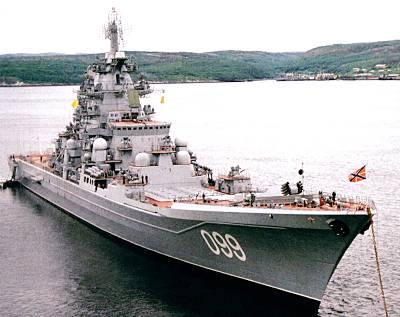A senior Taliban commander has been killed by an Apache helicopter strike during an operation conducted by British and Afghan soldiers to disrupt activity in an insurgent ’safe haven’ in Helmand province.
Soldiers from D Company, 5th Battalion The Rifles (5 RIFLES), and their partners from the Afghan National Security Forces (ANSF) have been taking the fight to the insurgents in the south of the Nahr‑e Saraj district for the last few weeks.
In the past two months, the combined forces have pushed the insurgency out of the Babaji area of the district, helping the Afghan police to build new checkpoints and cut off routes used by insurgents to infiltrate the area, and increase security.
Now the British soldiers and the ANSF have handed over responsibility for security for Babaji to Afghan police and are turning their attention to the Kopak region in the north of their area of operations — an insurgent ’safe haven’.
In Operation KAPCHA SHKAR KAWEL, or ‘Cobra Hunt’, more than 40 Riflemen and members of the ANSF set out to disrupt the insurgency and gather intelligence on Taliban leaders in the area.
After two hours Taliban fighters began to fire on the troops and were spotted in the act by intelligence assets.
One of the fighters was tracked by a supporting Apache gunship, and when he opened fire on the patrol again the Apache was cleared to engage and fired a Hellfire missile at his position.
The 5 RIFLES soldiers and the Afghan National Army troops were then able to finish their mission and gather crucial intelligence.
It was later discovered that the insurgent killed in the Apache strike was a senior commander in the local area.
Captain Ben Worley is the D Company fire support team commander, who co-ordinates between the infantry on the ground and support assets like the Apache. He said the strike will have damaged the insurgent command structure in the area, adding:
“An insurgent of this calibre is hard to find, and this has been a decisive blow to the insurgency here. It was a great start to the operation and will set the conditions for the future of D Company in the Kopak area.”
Bombardier Joe Harris is the tactical air controller for D Company and is responsible for the co-ordination of air assets in the area. He said:
“We had tracked this guy for some time before finally getting into position to strike. It was a relief to finally get him as he had been firing at our lads on the ground and could have caused casualties.”
Major Matt Baker, Officer Commanding D Company, said:
“We clearly took them by surprise because after we hit them with the Apache they just didn’t want to know anymore, and were in a state of shock for about 30 minutes.
“The Afghan Police are now in a position to take lead responsibility for security in Babaji. I’ve been genuinely impressed by them and know they are ready to take over.”
Major Chris Bisset, Army Air Corps (AAC), Officer Commanding the UK Apache Squadron on Op HERRICK, said:
“This is a good example of why the Apache attack helicopter is deployed to support troops on the ground in Afghanistan.
“The British AAC Apaches are flown by Army pilots who have a very good understanding of what the ground commander is trying to achieve.
“This insurgent had been attempting to shoot at coalition troops over a sustained period. By closely co-ordinating with the ground forces, we were able to engage him in a safe area, which then allowed the troops on the ground to return to their primary job of reassuring and protecting the local population.”
Press release
Ministry of Defence, UK

 von
von ![A Hellfire missile from a British Army Apache helicopter strikes an insurgent firing position [Picture: Sergeant Wes Calder, Crown Copyright/MOD 2011]](images/stories/UK_MOD_120106_20Bde_k.jpg)
